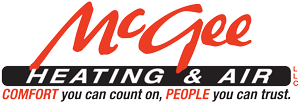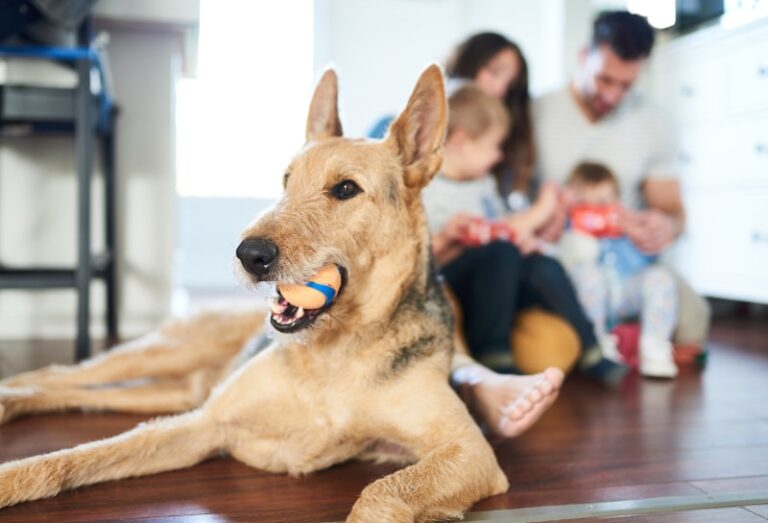Having pets around is exciting for many families. But one of the disadvantages of having pets is that they impact the air quality of a home. Here’s how how pets negatively impact your indoor air quality and how to handle it.
Pet Dander
Pet dander is very tiny pieces of skin that your pet sheds along with its fur. Pet dander can affect air quality because of how light it is, making it float in the air for a long time.
When you breathe in air with dander that you’re allergic to, you could have mild to severe allergic reactions. The most common reactions to pet dander are watery eyes, coughing, sneezing, dizziness, fever, rashes, itchy throat and breathing problems.
Proteins
Proteins found in the feces, saliva and urine of dogs, cats and other pets can trigger allergic reactions. Dried saliva and dust from dried feces can become airborne and lead to allergic reactions when inhaled.
How to Improve Indoor Air Quality
Vacuuming will enable you to clean your furniture, floorboards and carpet regularly. Based on how much your pet sheds, do this as often as you need.
To reduce the amount of pet dander in your home, you need to wash and brush your pet regularly. It would help if you also designated a specific area to do this and ensure that you clean the area regularly.
Regulating the areas in your home that the pets have access to is vital. Areas such as bedrooms need to be out of bounds for your pets. If you allow pets in the bedrooms, ensure that you are not allergic to them. If your pets get on furniture, ensure that you clean the furniture often.
Having pets around can make a house feel like home, but it’s even better if you don’t have to worry about allergens in your air. Contact the HVAC maintenance professionals at McGee Heating & Air Inc. today for help improving your indoor air quality.
Image provided by iStock

